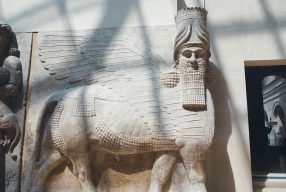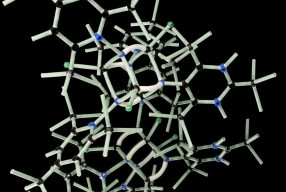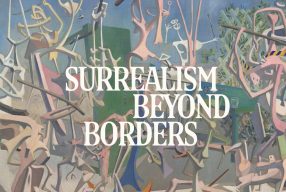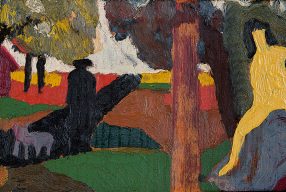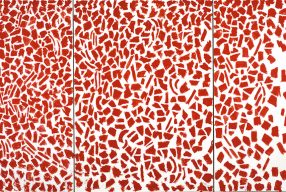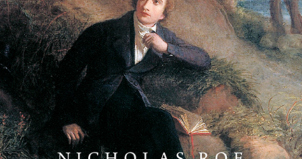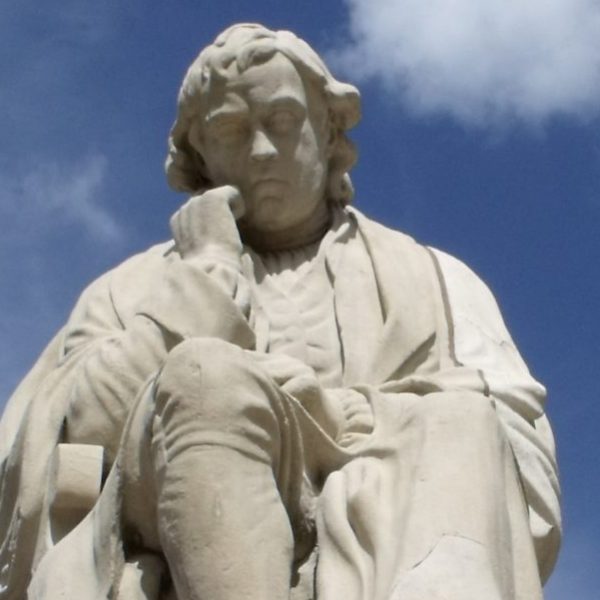The “Real” John Keats
 History has a funny way of romanticizing the past, blurring the lines between hard facts and fluffy representations. Painters, poets, actors — the public romanticizes their lives, creating narratives of inspiration and untouchability. This principle is even more drastic in studying and discussing Romantic poets, whose lives we associate with sensitivity, delicacy, and tragedy. But in his book, John Keats: A New Life, Nicholas Roe takes a more honest approach to the character at hand.
History has a funny way of romanticizing the past, blurring the lines between hard facts and fluffy representations. Painters, poets, actors — the public romanticizes their lives, creating narratives of inspiration and untouchability. This principle is even more drastic in studying and discussing Romantic poets, whose lives we associate with sensitivity, delicacy, and tragedy. But in his book, John Keats: A New Life, Nicholas Roe takes a more honest approach to the character at hand.
Roe’s text attempts to work out John Keats as a living and breathing person, not just a source of prolific writing. And as it turns out, the “real Keats” was a troubled individual. This meticulously-detailed text reveals Keats’ addiction to alcohol and opium. Roe explains, in a recent article how:
This explodes entrenched conceptions of him as a delicate, overly sensitive, tragic figure…That Keats was using opium to enhance what it meant to ‘fade far away, dissolve, and quite forget’ the world gives us a different Keats: a Keats whose struggle with life was more complex, and darker than we have previously thought.
Roe also writes of jealousy, disease, and sexual and professional frustration. At times, Keats sounds like a whiny teenager; later, he again is wise beyond his years. Roe’s undertaking is large in scale: define a man and the reasoning behind his great works, and the result is daunting. The story of John Keats may not be as tender and loving as we might imagine – filled with drug-induced stupors and bouts of rage – but it is human. And perhaps remembering that Keats was human is just as important as praising and studying his poetry.







